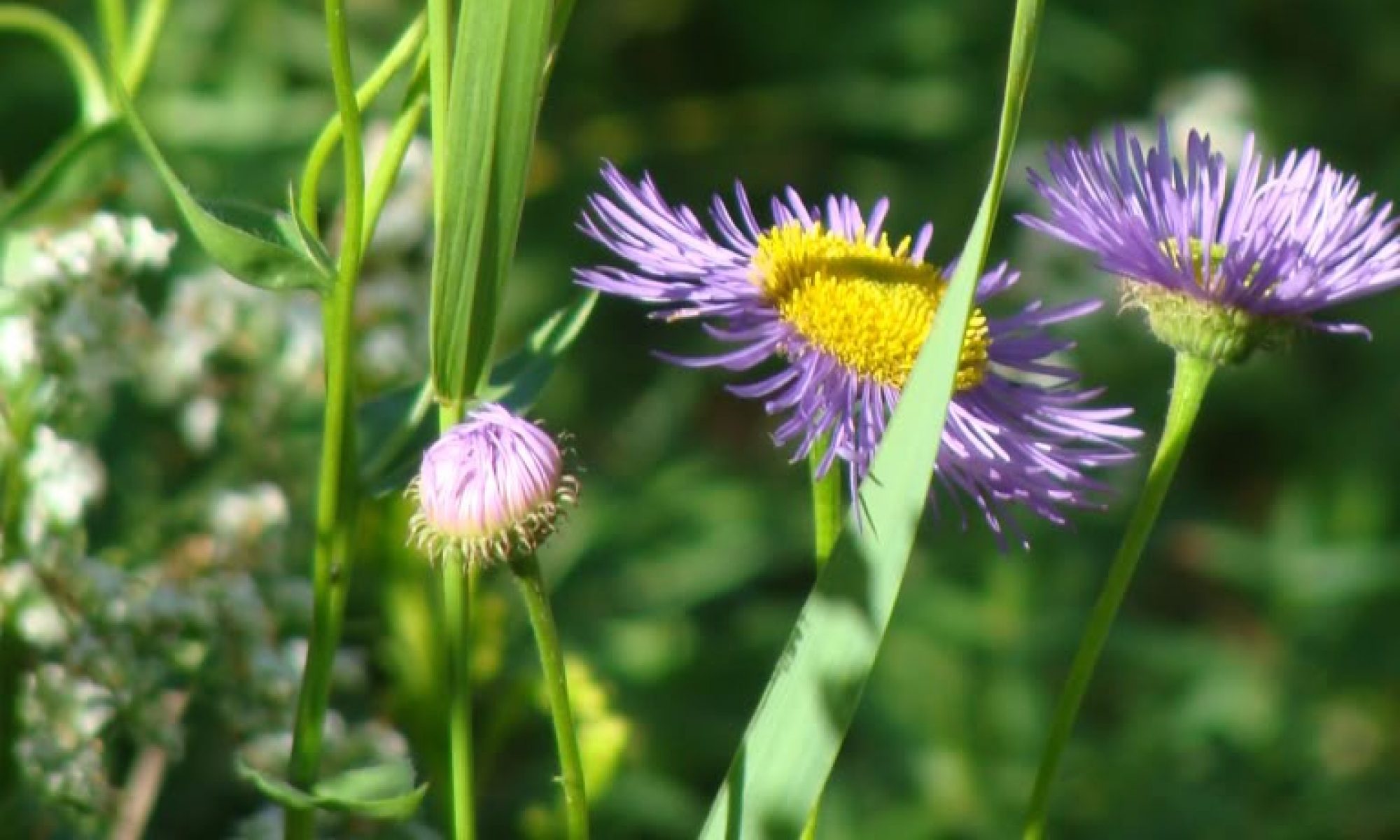A neighbor over in Broadview posted that she wanted advice about her garden. I jumped in and sent her a bunch of links about native plants and the benefits of growing them, how to choose them and where to find them. She replied in a very positive way, so that felt good. I have a lot of work to do to get a concise way to explain my goals and bring people in, but I think there will be some great receptiveness and excitement as I move forward.
I took a tour of the garden today with an eye towards alien invasive clean-up. I found plenty to deal with, but not so much as to be overwhelming. Here are some things I’ll work on in the coming weeks:
English Ivy is taking over the Douglas fir bed and the Douglas fir itself. I did cut the vines back off the trunk in the autumn, but I will work to cut the plants all the way back this year. The goals are two-fold: to remove the plants from spreading all through the bed so I can get natives planted there, instead, and also keep the vines from blooming and producing seeds that would spread them to forests near and far.
Variegated Algerian Ivy–Hedera canariensis–is taking over the northwest edge of the Douglas fir bed and has crept across the dog enclosure. I will cut it way back this year to make room for natives and ensure that it doesn’t spread places it might be a problem.
Creeping buttercup–Ranunculus repens–is creeping all over the beds in front of the greenhouse and also the bed along the fence in the orchard bed. I will need to weed them out. This weed is classified as a “weed of concern” in King County. It takes time to weed it out but it isn’t difficult.
Spurge laurel–Daphne laureola–is growing in the Douglas fir bed and also under the Camellia near the orchard bed. This is a tougher plant for me to eradicate, simply because I like it. The plants in the Douglas fir bed are fragrant when they bloom (now). In addition, the chartreuse flowers are attractive and it is easy to grow. And yet, it is a noxious weed that is also poisonous to humans and pets and can cause contact dermatitis. So, off with their heads! I will cut them all back and rip out the stumps.
Hedge bindweed–Calystegia sepium–not visible right now, but this is a very big problem invasive in my garden. The King County site even mentions how hard this plant is to eradicate. I do think I can do a better job of it, though.
Tartarian honeysuckle–Lonicera tartarica–There is just one large shrub of this at the northwest corner of the orchard bed. I plan to cut this one off at the roots and then do some non-toxic stump killing with Epsom salts to make sure it never comes back.




